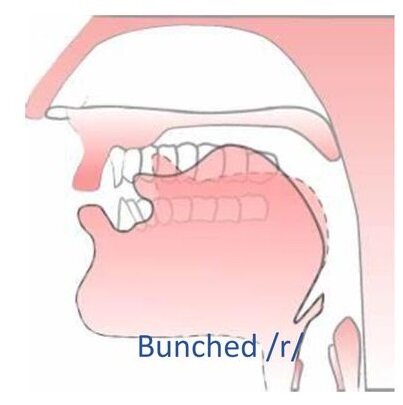Gross motor activities are whole body movements using the large muscles in the torso, arms, and legs such as running, catching a ball, jumping, and sitting upright at tables.
Benefits Of Improved Motor Skills
Kids rely on gross motor skills for everyday activities at home and school. Working on gross motor skills helps a child gain strength and confidence! It also helps them get physical activity, which is important for a healthy lifestyle.
How To Optimize Gross Motor Movement
With the majority of time being spent learning indoors these days, parents may wonder how to optimize their child’s learning success at home while also providing them with opportunities to engage in physical activity. Gross motor movement breaks sprinkled throughout the day may help kids calm down, focus and learn. Most children benefit from movement breaks to help them engage and attend to tabletop tasks. Here are some examples of great indoor gross motor exercises to help students of all ages improve their learning outcomes!
Don’t Touch the Lava
Lay pillows or pieces of paper on the floor and have your child jump from object to object without touching the floor
Bean Bag Toss
Have your child throw bean bags (or rolled up socks) into laundry baskets. See how many they can get in a row!
Find and Tag It
Have your kiddo engage in a fun scavenger hunt around the house and locate specific items to tag
Move Like an Animal
You can get creative with this activity but here are a few examples! Move like a snake by wiggling tummy on floor. Move like an elephant with heavy stomping or move like a penguin with arms pinned to side and waddle with legs together
Hopscotch
You can use painters tap to make the outline on the floor and have them push cars or trucks through the road
Tape Road
Make a tape road and have them push a car or truck through it
Balloon Fun
Blow up balloons and see if your child can keep the balloon from hitting the floor
Obstacle Course
Use furniture, pillows, blankets, etc. to crawl over, climb over or crawl underneath
Allison Boyan OTR/L
Sources: https://teachpreschool.org/2013/12/11/winter-time-large-motor-play-for-the-preschool-classroom/





